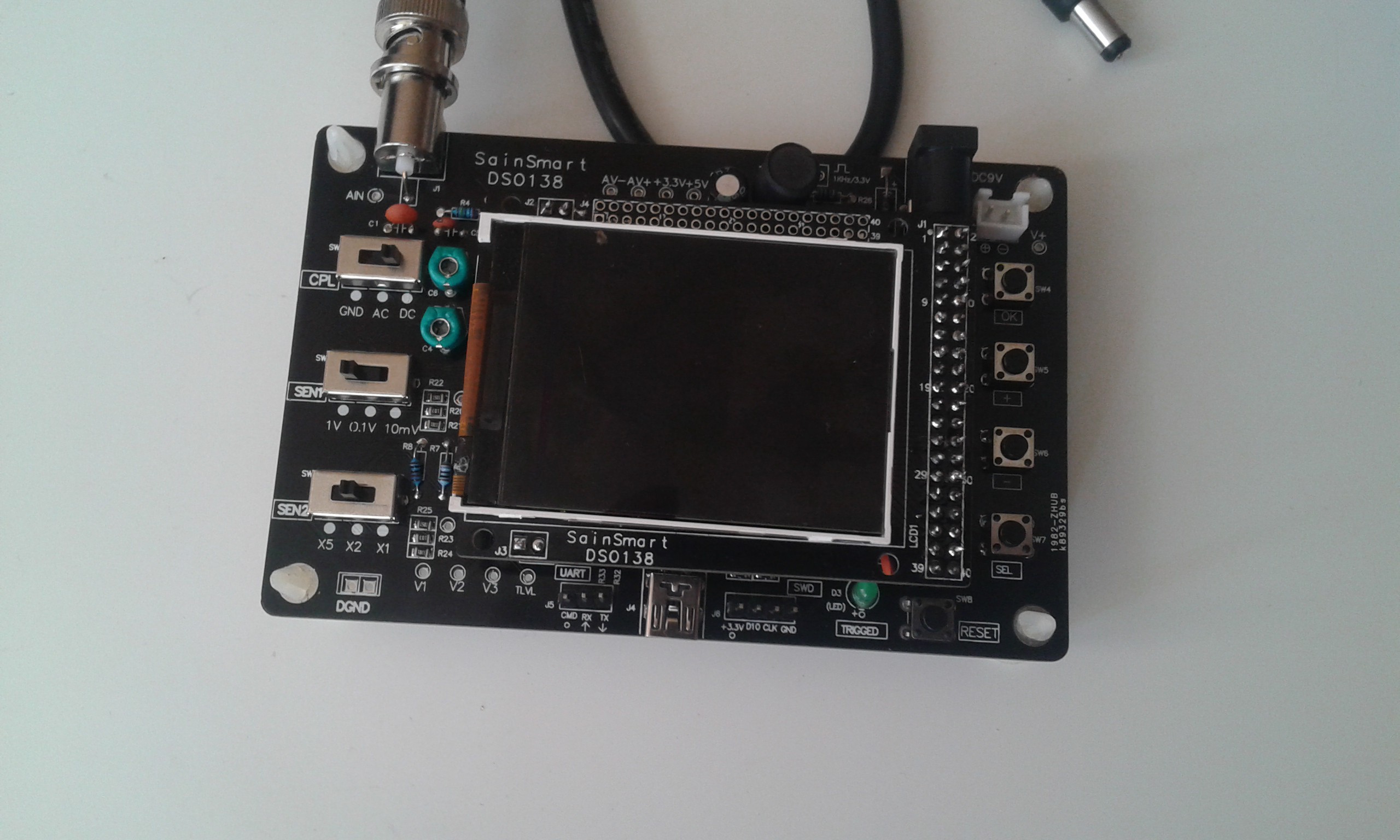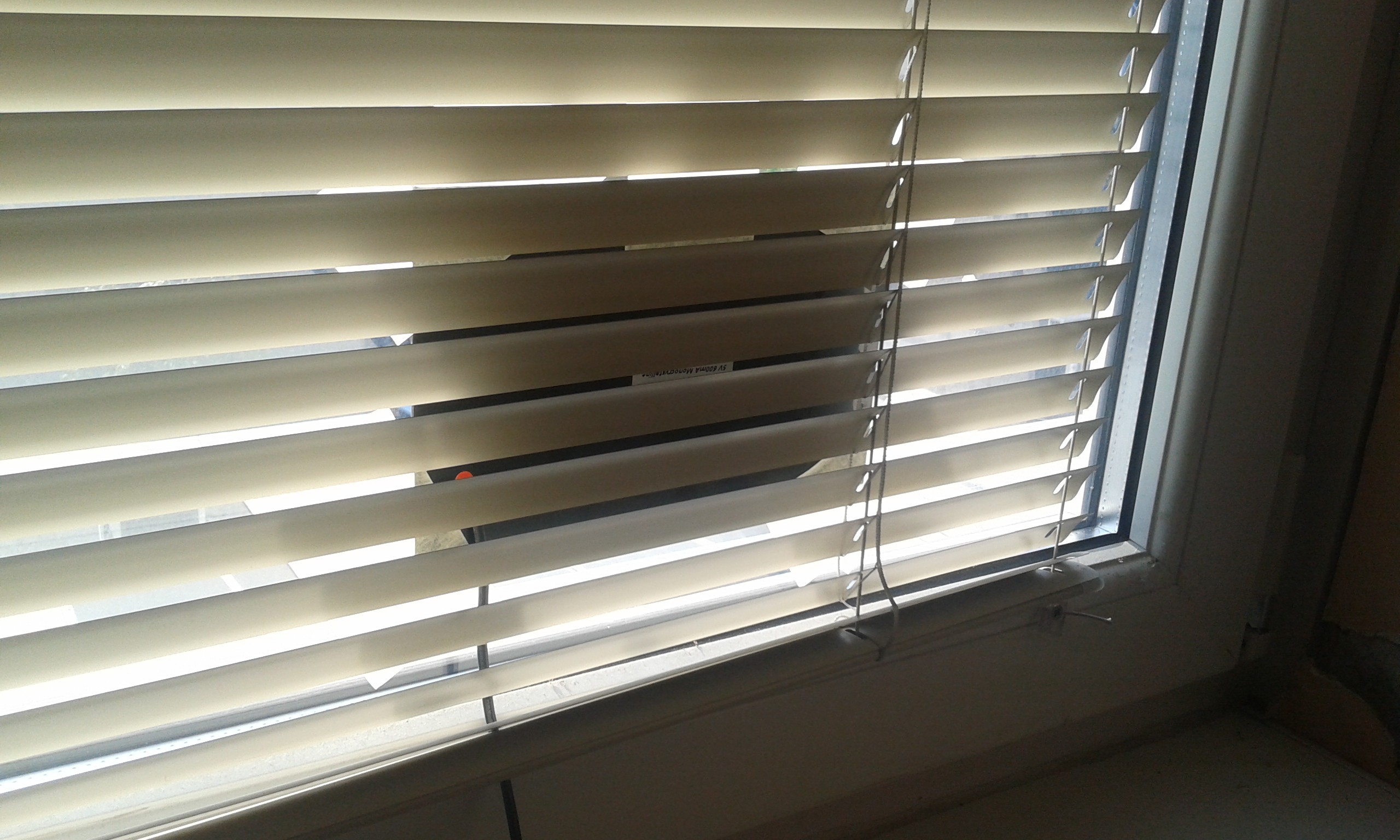After finally getting to play with our device for longer periods of time, we noticed that, while the battery does charge itself more than enough to send reports and stay up during the sunny summer days, our device tends to go down with the sun.
Obviously, this is a problem.
We were quick to choose a prototyping platform such as Arduino, in fact a clone of it, for a project that requires low idle power consumption. Some tests later, we realized that the USB to serial chip, as well as its regulator (okay we saw that one coming) take away quite a bit of current in their idle state. The sim808 module is unsurprisingly a big spender too, but since that one can be turned off, we don't really mind.
At 3V supply (low limit), our Arduino managed to pull 77mA through its step-up circuit and down its regulator. Now, obviously this isn't really the circuitry one would want in an efficient project, but we needed stability, and we needed it fast.
The step-up itself wastes around 13mA when idle, and sim808 drains about 35mA when idle and unconnected.
On top of our simple multimeter tests (warning, digression incoming), I assembled some oscilloscope kit on a whim, so we tried using that to check the variations in input voltages.

Going full zen, I sat down, measured and sorted all the components and let the soldering iron heat up. A few hours and a dozen google pages later, I found out that I'm not actually bad at soldering, but that there's a couple of jumpers the user is supposed to short on the board. But you know, real men don't read manuals. So now that we had a working oscilloscope, and for the price and amount of effort, it's actually pretty impressive, I monitored supply voltage and found out some interesting things. But let's save those for when I have some pictures, or when I figure out how to draw data out of this baby into the PC.
But here's where it gets interesting. See the logo in the top left that says SainSmart? Well, we had pretty bad experience with their stuff before so when I assembled this and it worked like a charm, I was honestly surprised and impressed! Well, no wonder it works like a charm when they're not the ones who made it! Sneaky schmucks.
This is our professional solar plant setup by the way.

Such sleek design. It actually does serve a purpose - it simulates poor real-world conditions.
So now we need to come up with a way to keep the devices stable by keeping voltages tamed, while dodging the regulators and all this wasteful circuitry.
 Tomislav Mamić
Tomislav Mamić
Discussions
Become a Hackaday.io Member
Create an account to leave a comment. Already have an account? Log In.